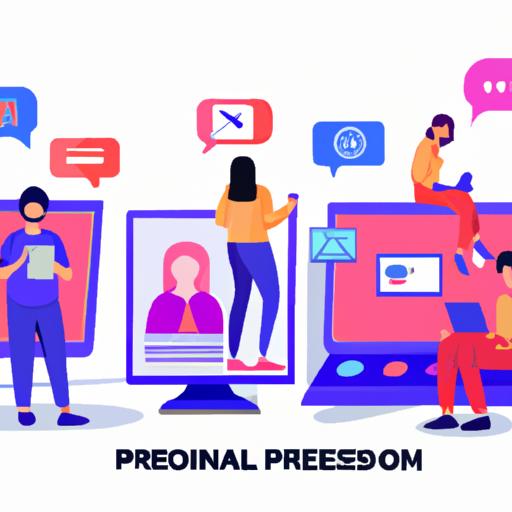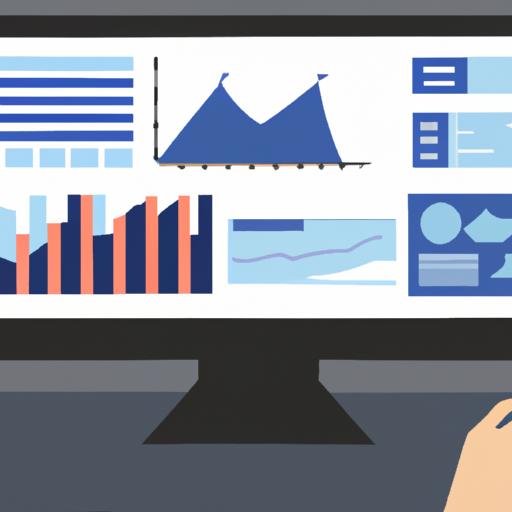Introduction
In the world of digital marketing, data is king. And when it comes to data, first party data reigns supreme. But what exactly is first party data? In this article, we will delve into the depths of this valuable resource and explore how it can revolutionize your marketing strategies. So, buckle up and get ready to unlock the true potential of customer insights.

Understanding First Party Data
To grasp the significance of first party data, we must first understand what it encompasses. In simple terms, first party data refers to the information collected directly from your customers or users. It is the data you own and control, giving you a unique advantage in understanding your audience. This data is derived from various sources, including customer profiles, transaction history, and website interactions.
Types of First Party Data
First party data encompasses a wide range of information that can provide deep insights into your customers. This includes:
-
Customer Profiles: Demographic details, contact information, purchase history, and preferences provide a comprehensive understanding of who your customers are.
-
Transaction History: Insights into past purchases, average order value, and frequency of purchases can help tailor marketing efforts and identify cross-selling opportunities.
-
Website Interactions: Tracking user behavior on your website, such as pages visited, products viewed, and time spent, reveals valuable insights about their interests and preferences.
Sources of First Party Data
Now that we understand the types of first party data, let’s explore the sources from which this data can be collected. These include:
-
CRM Systems: Customer Relationship Management (CRM) systems store valuable customer data, including contact information, purchase history, and interactions.
-
Website Analytics: Tools like Google Analytics provide detailed information about website visitors, including their demographics, behavior, and the paths they take on your site.
-
Customer Surveys: Conducting surveys allows you to directly gather information about your customers’ preferences and opinions, providing invaluable insights for targeted marketing campaigns.

Benefits of First Party Data
Harnessing the power of first party data offers numerous advantages for digital marketers. Let’s explore some of the key benefits:
Enhanced Customer Insights and Personalization
First party data allows you to gain a deeper understanding of your customers, enabling you to create highly personalized experiences. By analyzing their preferences, purchase history, and website interactions, you can tailor your offerings, messaging, and recommendations to match their individual needs and desires. This level of personalization fosters stronger customer relationships and boosts engagement.
Improved Targeting and Segmentation
With first party data, you can segment your customer base into distinct groups based on their characteristics and behaviors. This enables you to create targeted marketing campaigns that resonate with specific segments, increasing the likelihood of conversion. By delivering relevant content and offers to the right audience, you can maximize the effectiveness of your marketing efforts and optimize your return on investment.
Increased Customer Engagement and Loyalty
By utilizing first party data, you can engage with your customers on a more personal level. By understanding their preferences and interests, you can deliver timely and relevant content that captures their attention and keeps them coming back for more. This fosters a sense of loyalty and strengthens the bond between your brand and your customers, leading to increased customer lifetime value.
Cost-Effectiveness and Efficiency in Marketing Campaigns
One of the most significant advantages of first party data is its cost-effectiveness. By targeting your existing customers or users with personalized campaigns, you can optimize your marketing budget and reduce acquisition costs. Furthermore, with the insights gained from first party data, you can refine your marketing strategies, focus on the most valuable segments, and achieve higher conversion rates.

Best Practices for Utilizing First Party Data
To make the most of first party data, it is essential to implement effective strategies and follow best practices. Here are some key guidelines to consider:
Implementing Data Collection and Management Strategies
Ensure that you have robust systems in place to collect and manage first party data effectively. Implement mechanisms to capture customer information at various touchpoints, such as registration forms, purchase transactions, and newsletter subscriptions. Regularly update and maintain your CRM systems to ensure data accuracy and completeness.
Leveraging Data Analytics Tools to Extract Valuable Insights
Invest in data analytics tools that can help you make sense of the vast amount of first party data at your disposal. These tools can provide valuable insights into customer behavior, preferences, and patterns. By analyzing this data, you can identify trends, uncover hidden opportunities, and make data-driven decisions to optimize your marketing strategies.
Ensuring Compliance with Data Privacy Regulations
As custodians of customer data, it is crucial to prioritize data privacy and comply with relevant regulations, such as the General Data Protection Regulation (GDPR) and the California Consumer Privacy Act (CCPA). Obtain consent from customers for data collection, clearly communicate your data usage policies, and provide mechanisms for customers to manage their data preferences.
Integrating First Party Data with Other Marketing Channels
To maximize the impact of first party data, integrate it with other marketing channels. Combine your customer data with email marketing platforms to deliver personalized email campaigns. Utilize social media advertising platforms to target specific audience segments based on your first party data insights. By leveraging multiple channels, you can create a cohesive and consistent customer experience across touchpoints.
Conclusion
In the ever-evolving world of digital marketing, first party data stands as a powerful tool to unlock the true potential of customer insights. By understanding what first party data is and how to effectively utilize it, you can gain a competitive edge, create personalized experiences, and drive meaningful engagement. So, embrace the power of first party data and propel your marketing strategies to new heights.